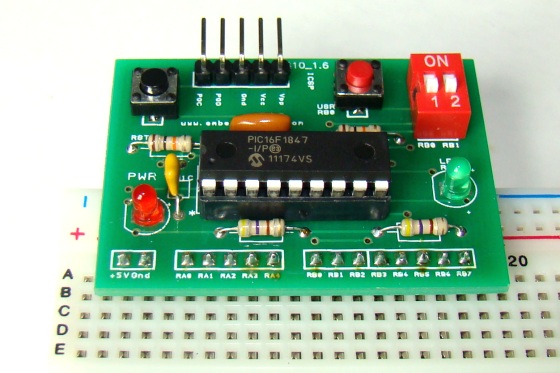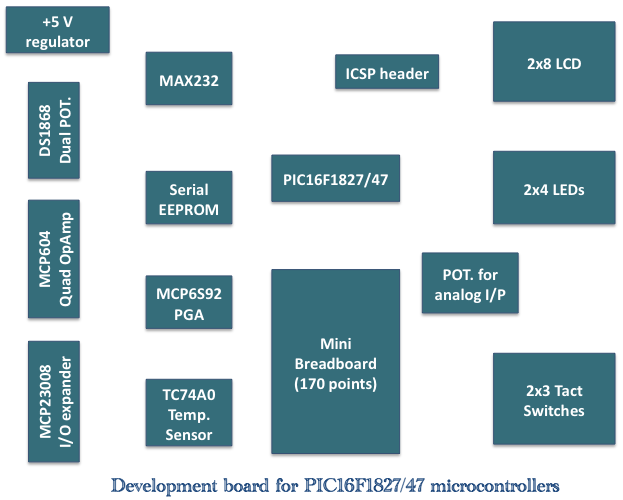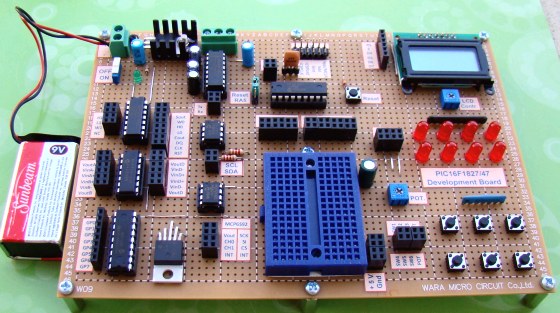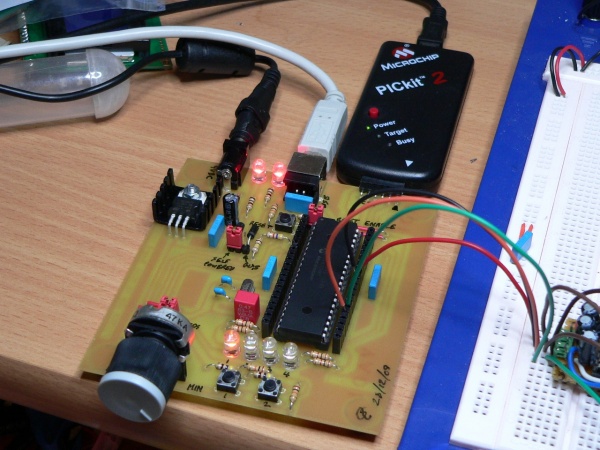Reviewing the iCA05 Graphic LCD development kit from iCircuit Technologies

The Graphical LCD (GLCD) displays provide more flexibility in presenting data, as compared to standard character-based LCDs. Owing to a significant drop in price lately, GLCDs have become more popular these days in the hackers’ and DIY worlds. If you are planning on doing an embedded microcontroller project including a graphical LCD display, you might be interested in this PIC-based GLCD development kit from iCircuit Technologies. This decently priced development kit will help you to get started quickly with your project. Here’s a brief review of the kit.








